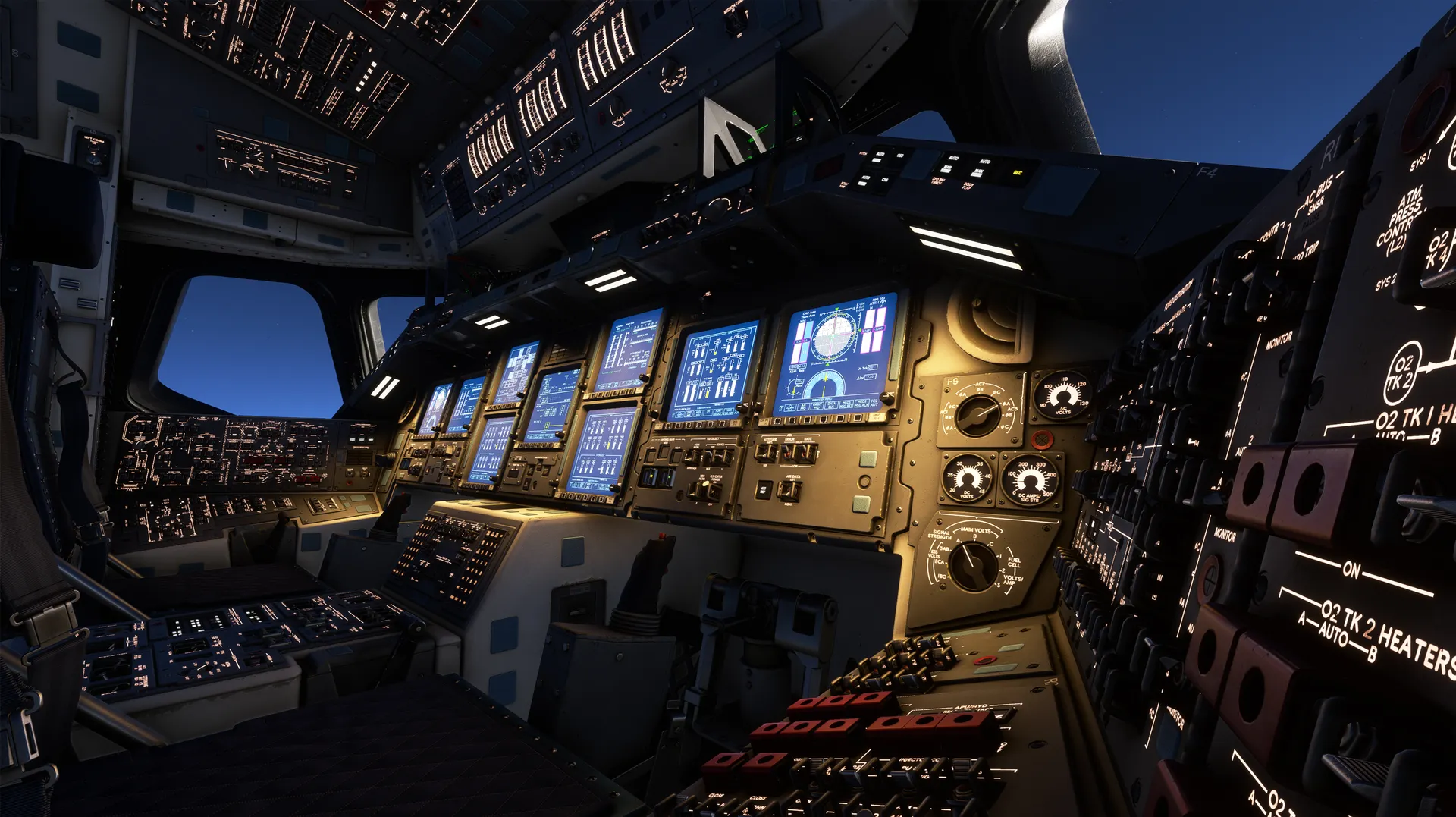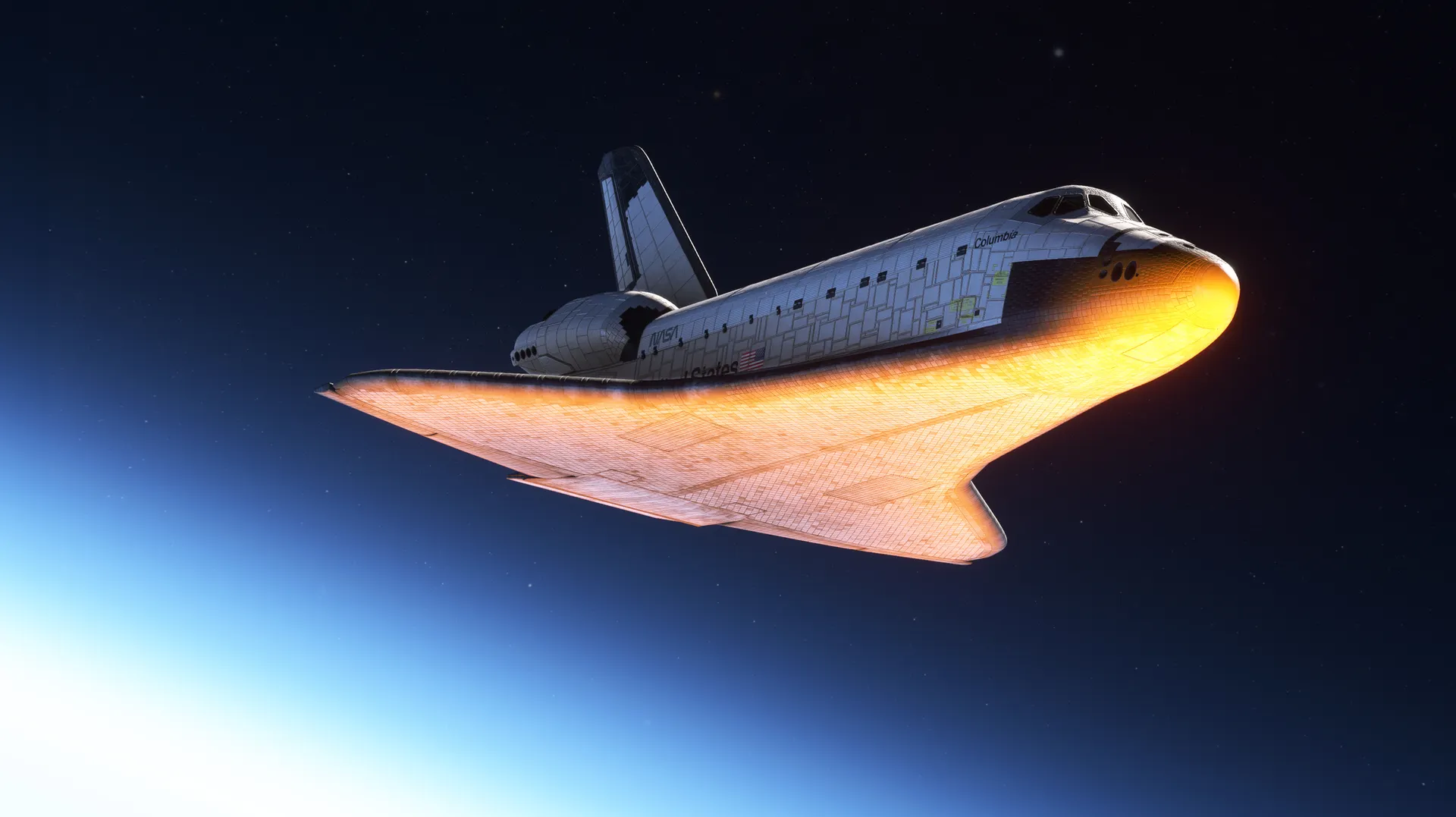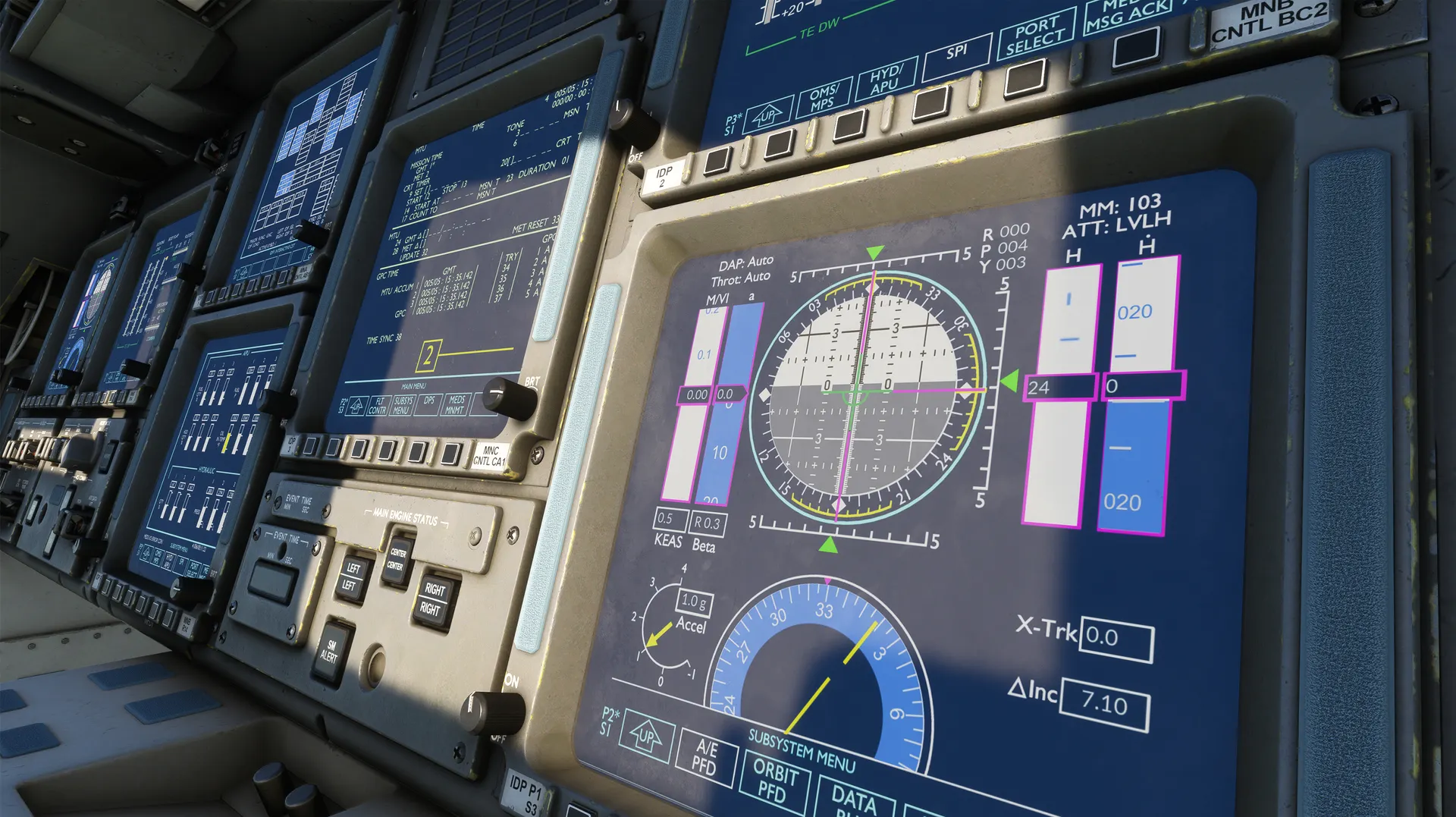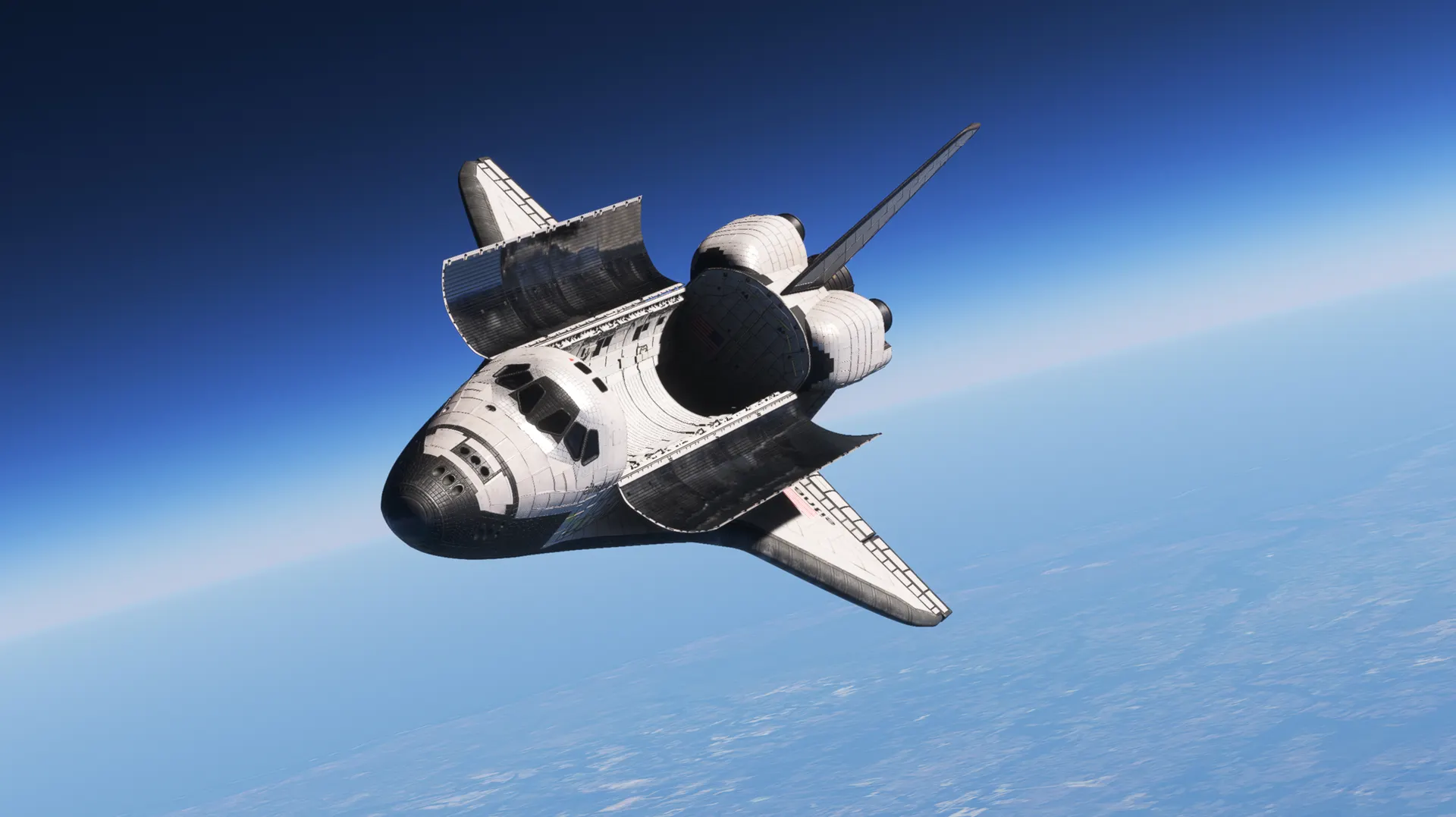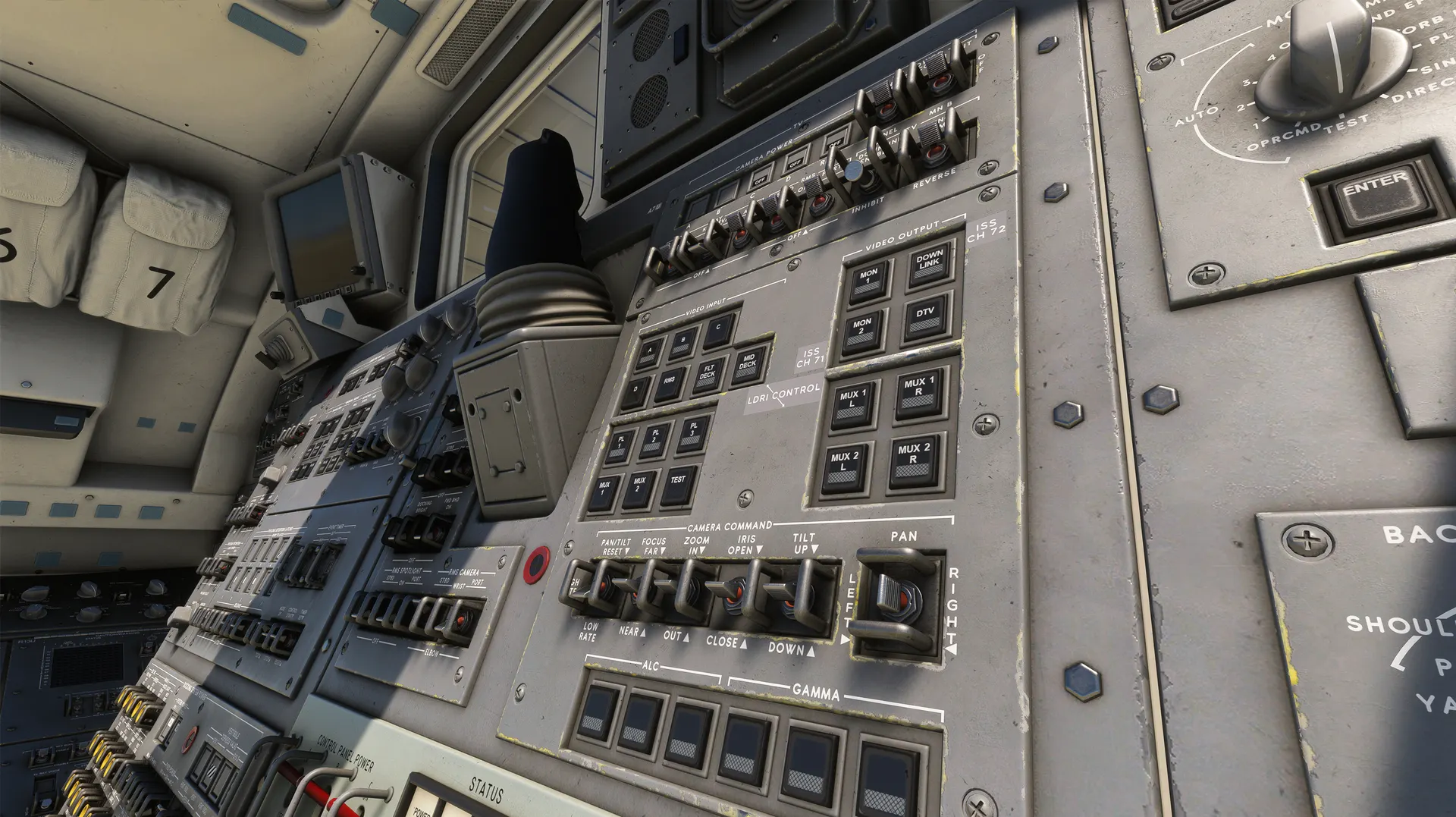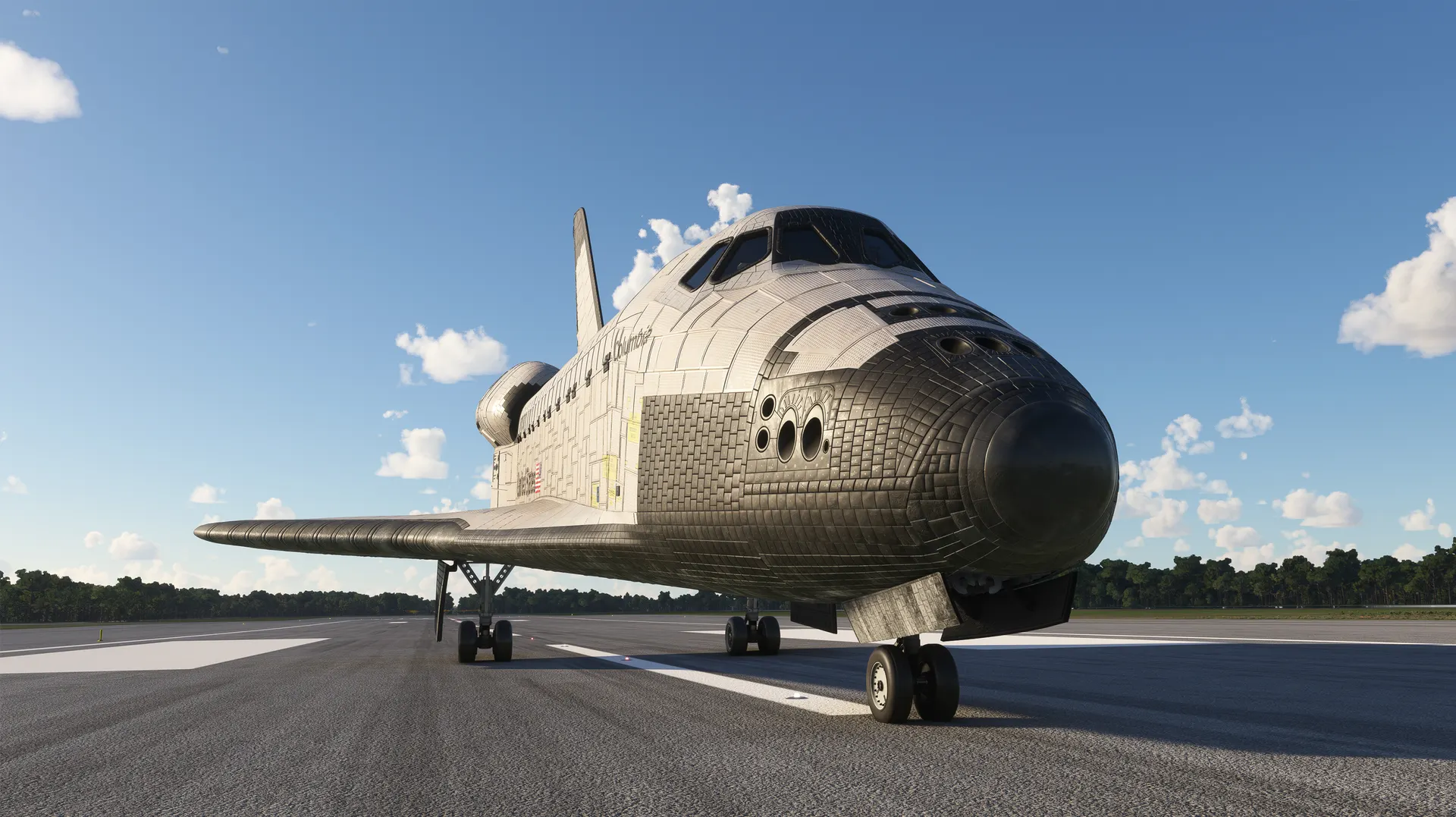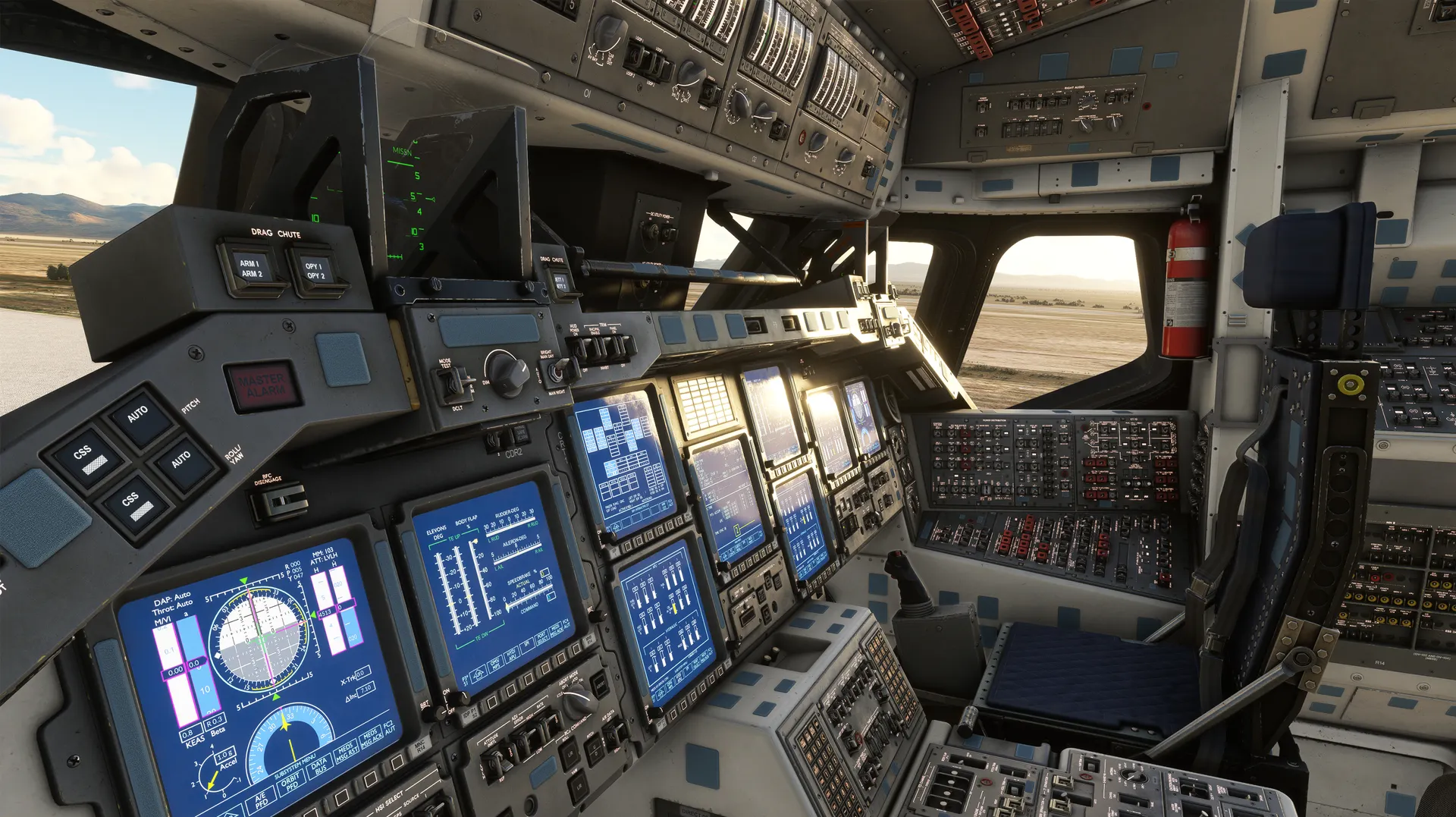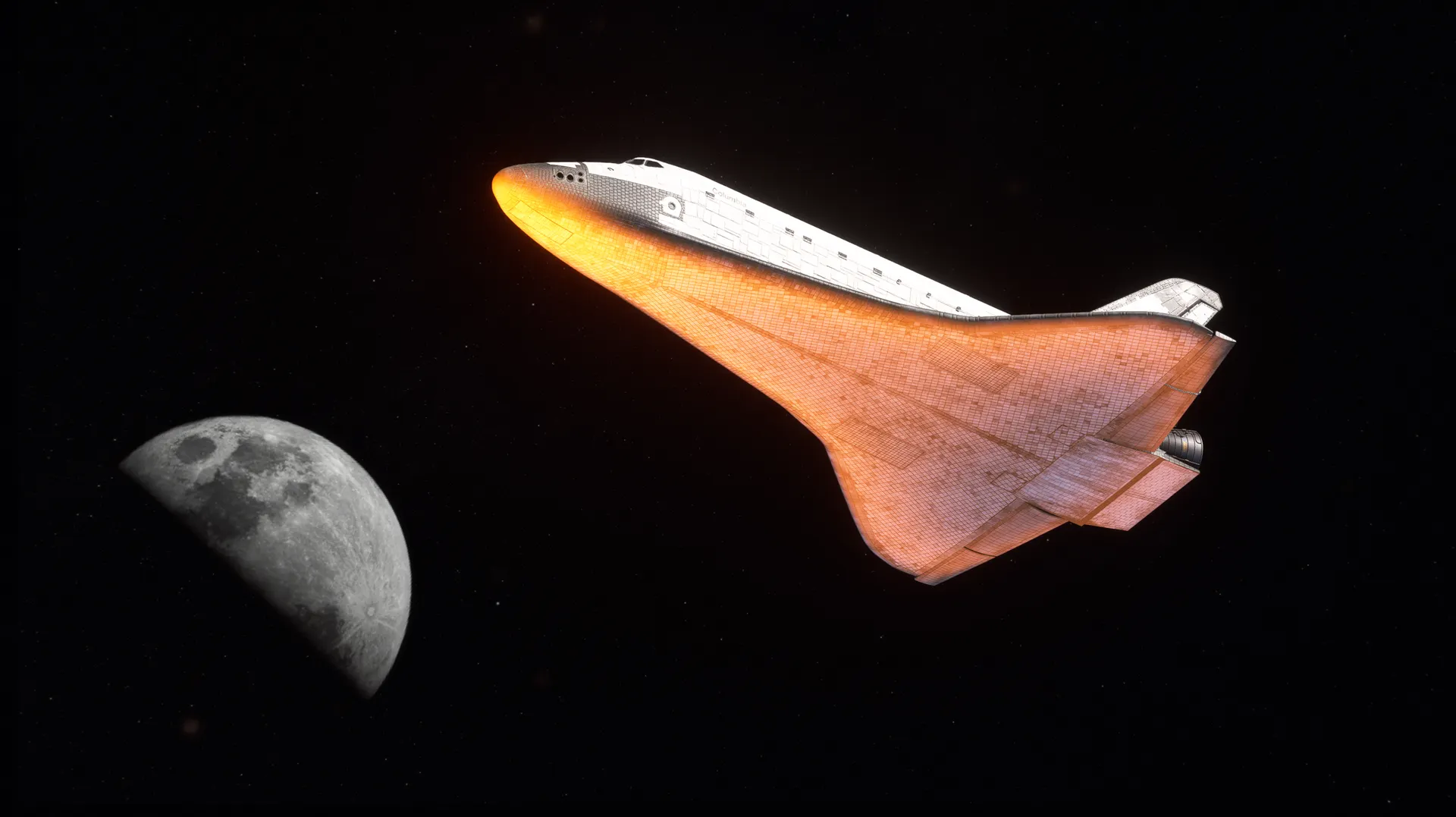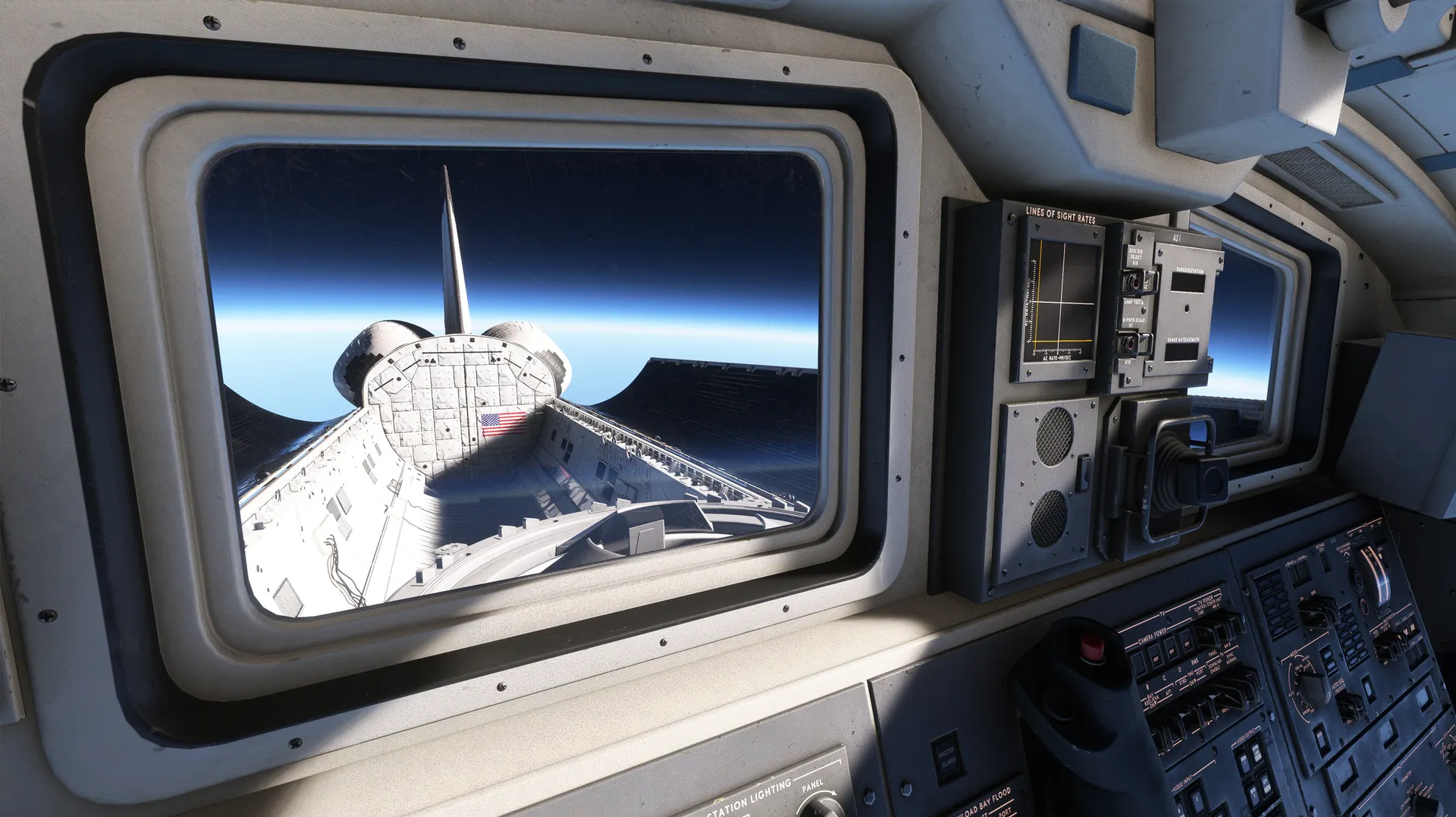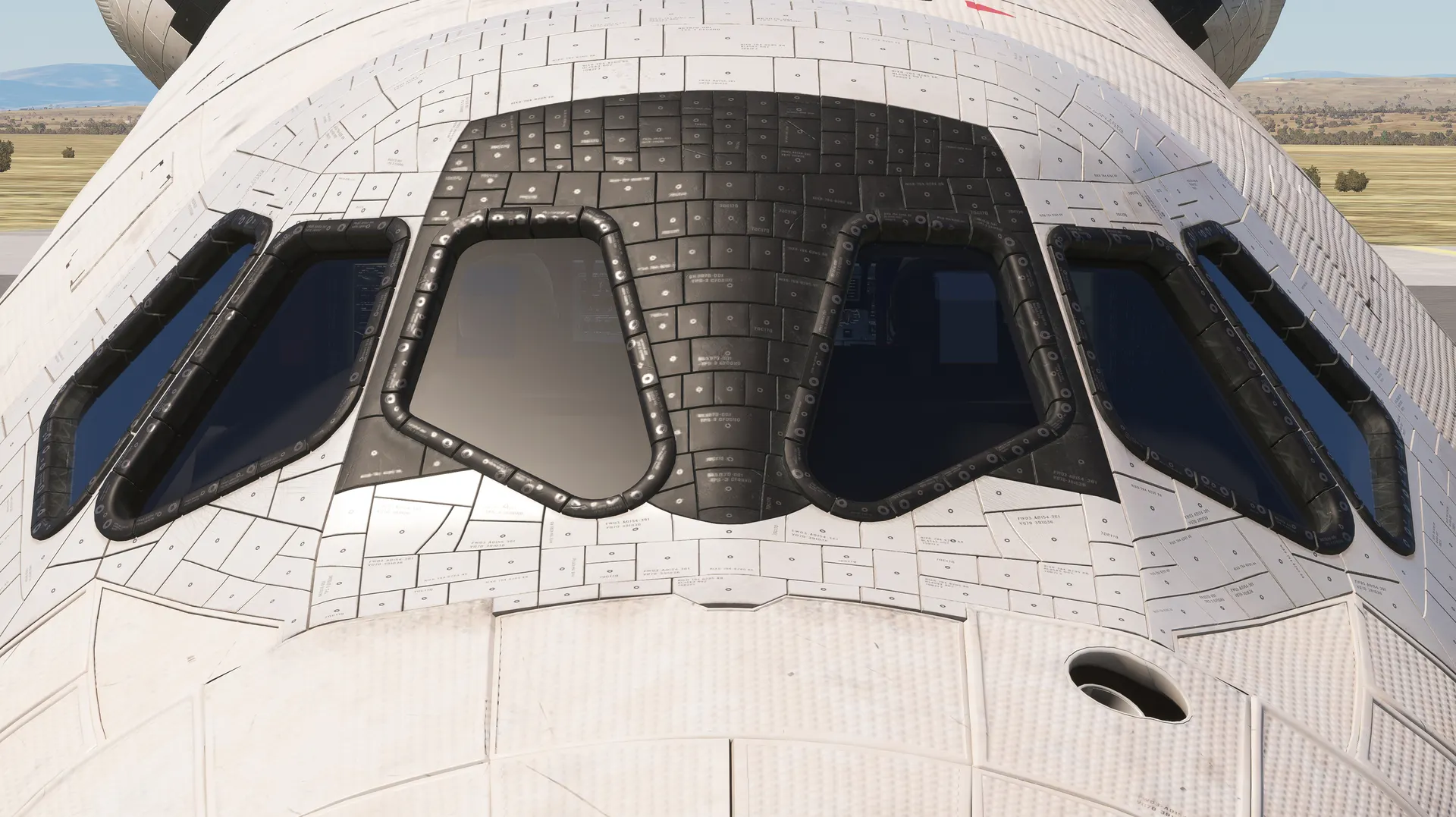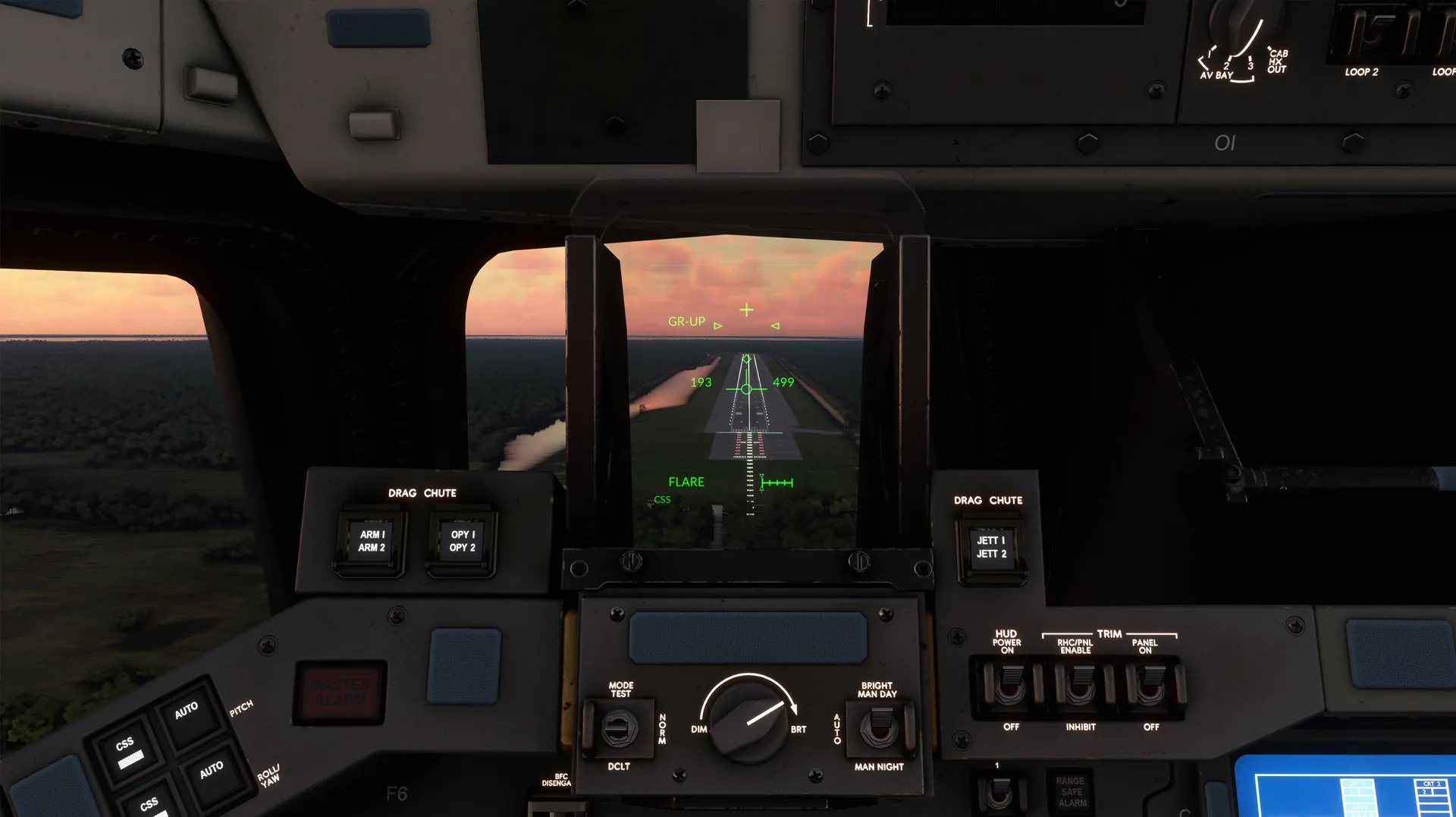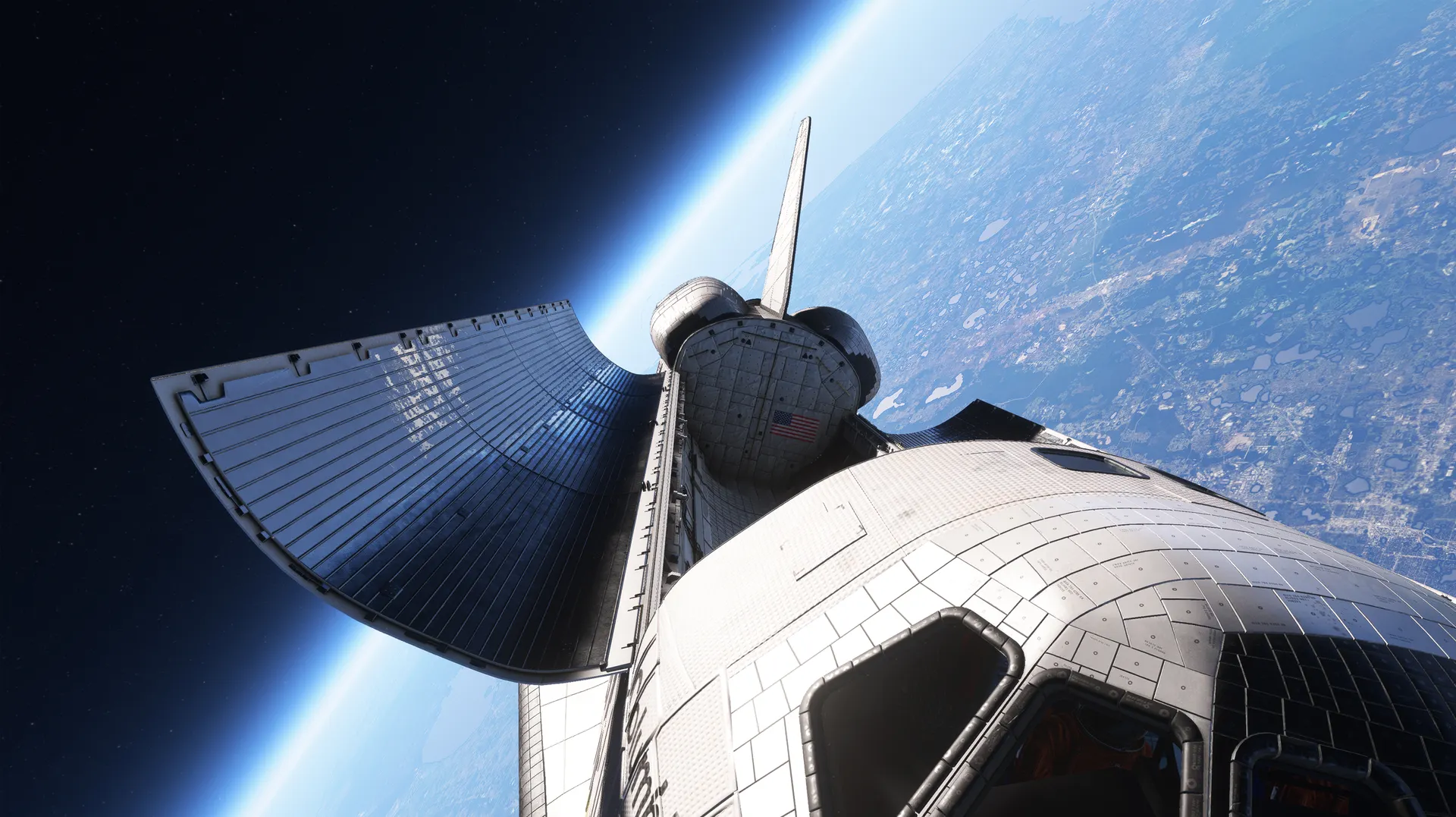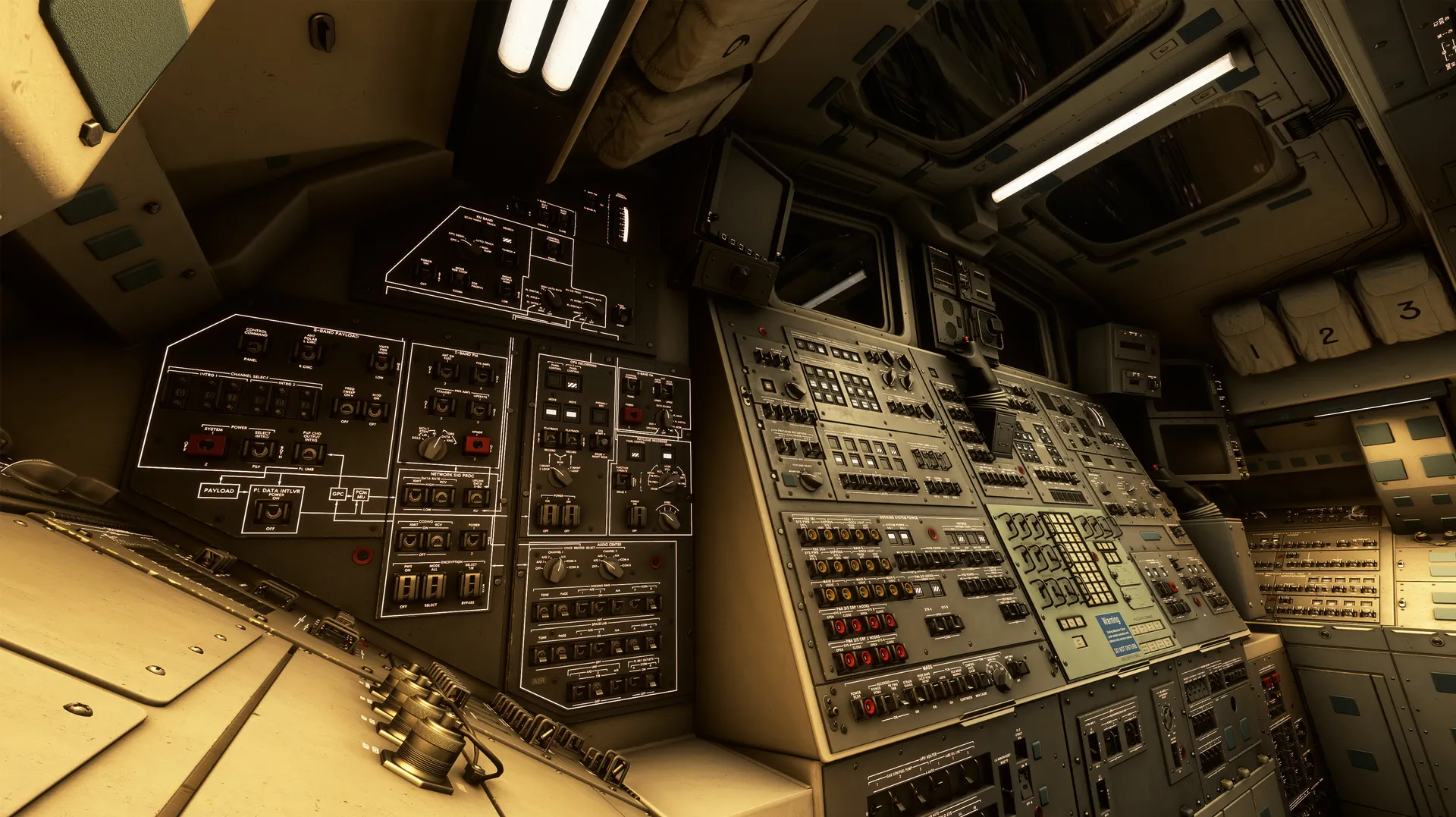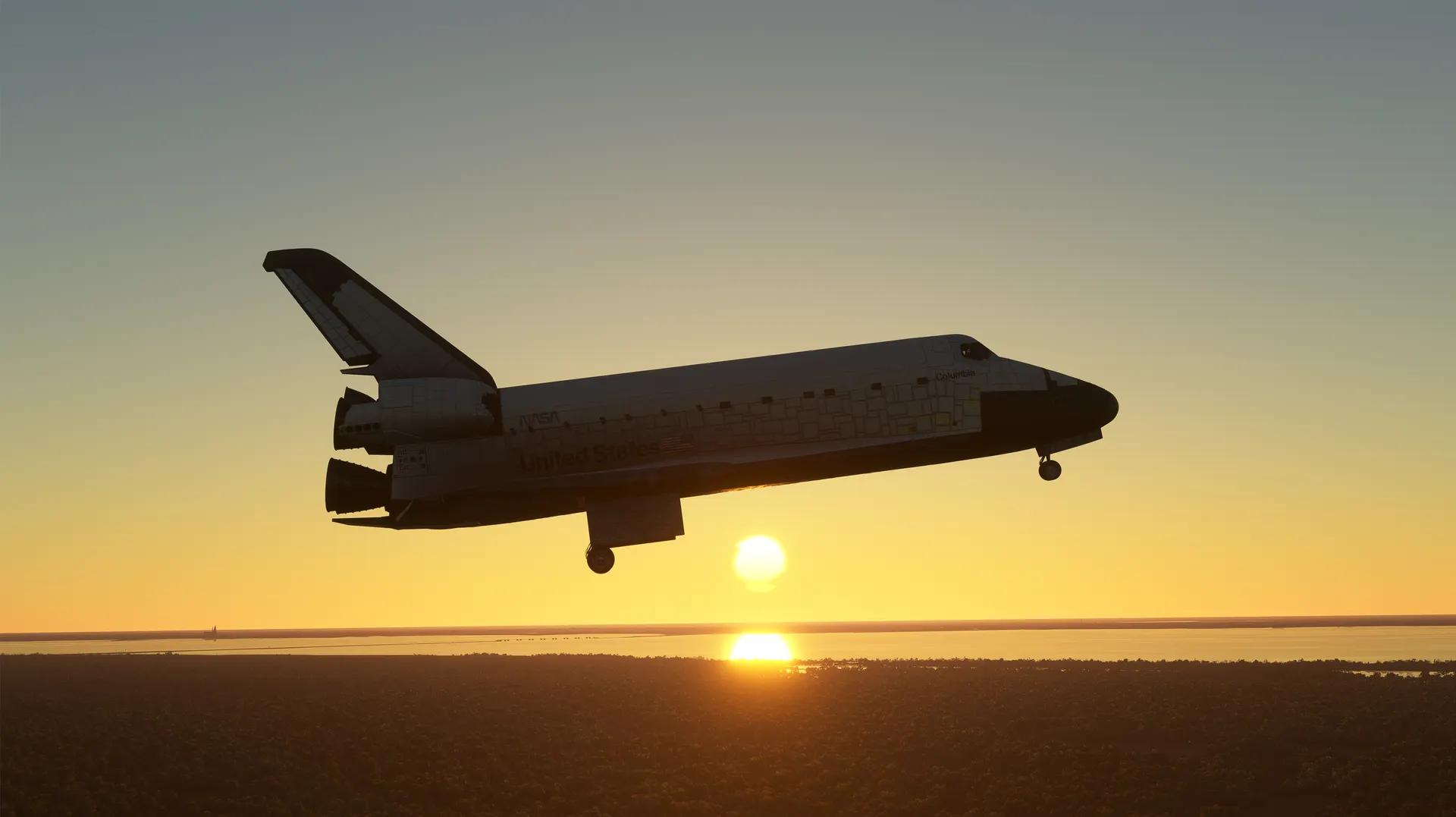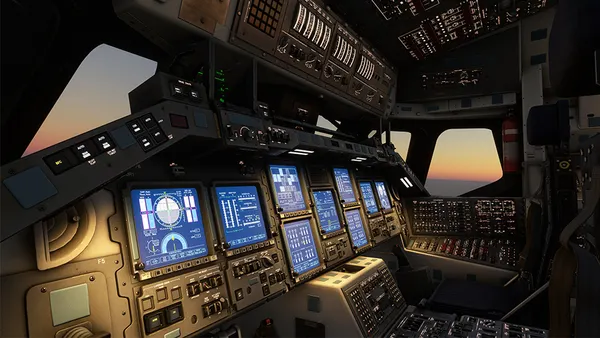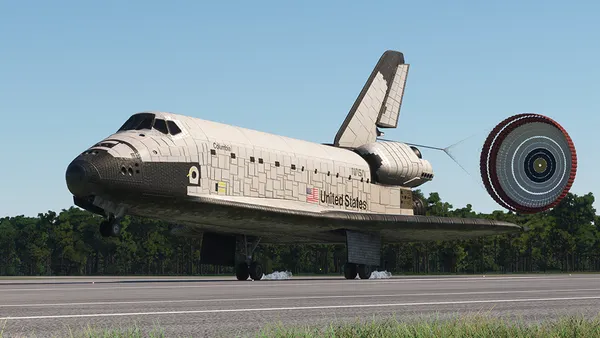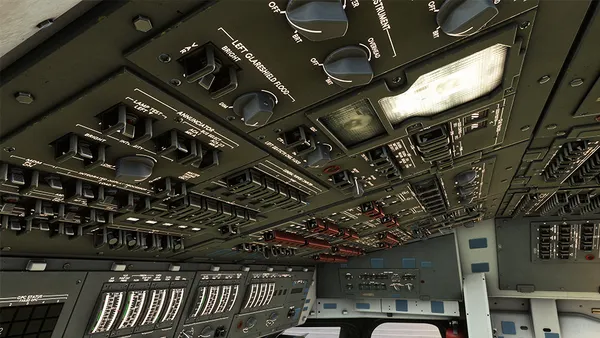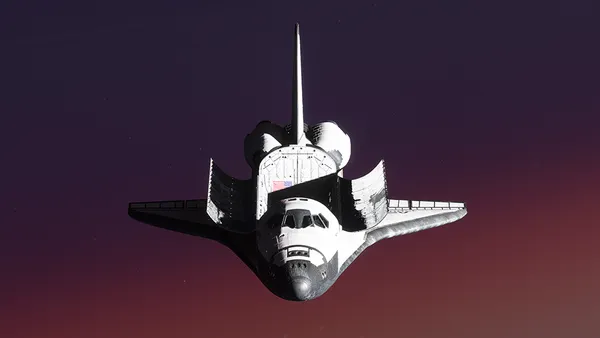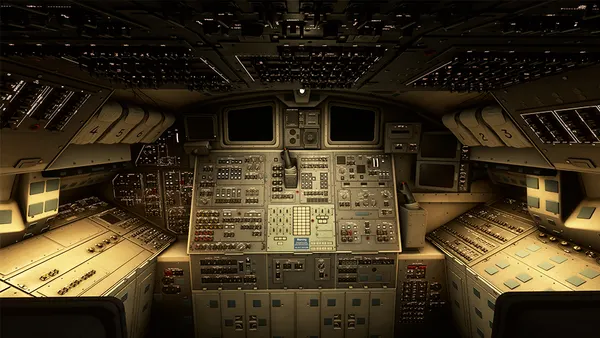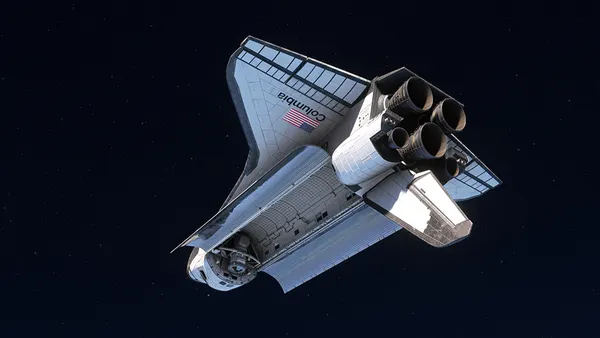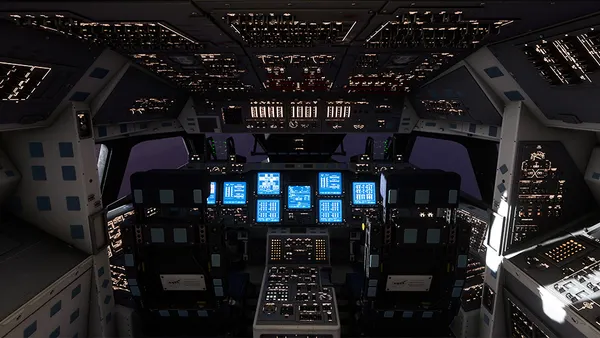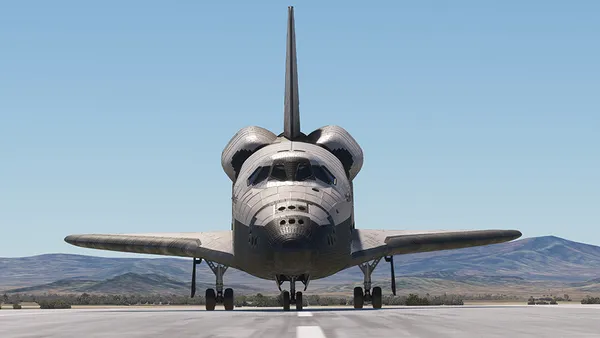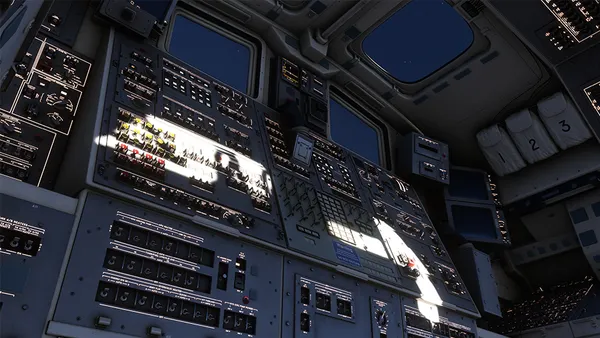The NASA (National Aeronautics and Space Administration) Space Shuttle is a retired American reusable Earth-orbiting spaceplane produced by Rockwell International of the United States. The Space Shuttle program comprised a total of six space shuttles (orbiters), five of which performed spaceflight missions. The first orbiter to fly, Columbia, launched on April 12, 1981, and the last one to fly, the Atlantis, blasted off on July 8, 2011.
All Space Shuttles share and identical form and dimensions. Each features a capacious fuselage, a low-mounted delta wing, and a single vertical stabilizer for an empennage. Each comprises elevons on its main wing and a rudder / speed brake (RBS) on its vertical stabilizer for flight control during its landing glide.
Each Space Shuttle measures 121 feet in length, has a wingspan of 78 feet, and has a tail height of 57 feet. The fuselage houses a crew cabin, a payload bay, and an engine assembly. The crew cabin comprises a flight deck, a mid-deck, and a utility area; the flight deck accommodates a mission commander, a shuttle pilot, and up to six additional personnel. The flight deck contains a full suite of systems including digital fly-by-wire flight controls. The payload bay, which measures 60 feet in length by 15 feet in diameter, can carry a payload weighing up to 65,000 pounds into orbit.
Each Space Shuttle launched by a combination of external solid rocket boosters and three onboard SSMEs, or Space Shuttle Main Engines. Each SSME was powered by a mixture of liquid hydrogen and liquid oxygen that was carried in the boost system’s expendable external fuel tank. Each SSME could produce up to 512,950 pounds of thrust in a vacuum and could be gimbaled for yaw, pitch, and roll movement.
Each Space Shuttle orbiter comprises an Orbital Maneuvering system (OMS) consisting of two rockets located at the aft end of the craft. During missions, these rockets were used to place the shuttle into its final orbital pathway at the beginning of a mission and to slow it at the end of its spaceflight prior to reentering the Earth’s atmosphere. Each orbiter also has a Reaction Control System (RCS), consisting of 44 small rocket nozzles positioned at various locations on its nose and tail for precision maneuvering once in space.
Space Shuttles conducted several types of missions, including top secret military space missions. At the end of each mission, a shuttle would de-orbit by using its thrusters to slow its motion and to position itself for re-entry into the Earth’s atmosphere. Each orbiter has a thermal protection system comprising an array of silica-based heat tiles located on its underside. This system would mitigate the potential for damage caused by high temperatures generated by atmospheric friction during the re-entry phase of each mission. Once back within the Earth’s atmosphere, a Space Shuttle would glide to a landing runway either at California’s Edwards Air Force Base or at Florida’s Kennedy Space Center and touch down on its retractable tricycle undercarriage.
